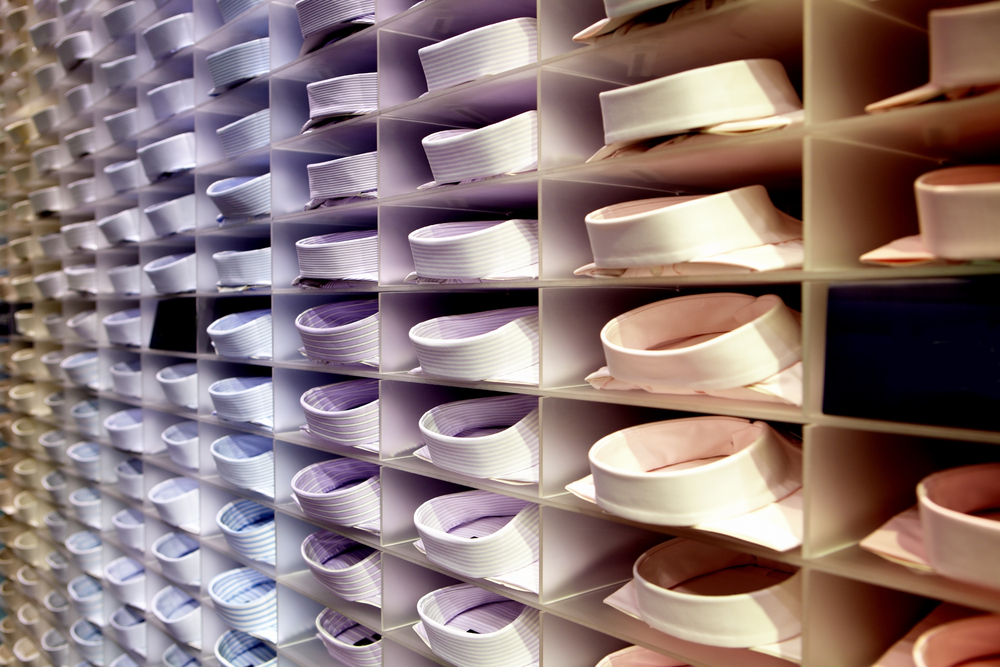Send your question to Umbra!
Q. Dear Umbra,
My husband often wears shirts that are non-iron. Do you know if the chemicals that are used in these shirts are toxic or carcinogenic?
Anne B.
Cambridge, Mass.
A. Dearest Anne,
While your husband might be natty, his shirts are rather naughty.
Hey, that feels like the beginning of a poem. But I’m having trouble coming up with a rhyme for “formaldehyde resin.” For that, dear Anne, is the magical substance that makes shirts, sheets, and other textiles emerge from the laundry wrinkle-free.
Before I get cranky about formaldehyde, let us pause to appreciate it: It can act as a preservative, disinfectant, adhesive, and more. We embalm the dead with it, glue particleboard with it, use it in paint and auto parts and even products that smooth our hair. And it can make fabric stiffer and more stain-resistant. As one apparel expert put it to Consumer Reports a few years back, “The molecules line up like little soldiers and remember where they’re supposed to be.”
It seems there is nothing formaldehyde can’t do! But I’ll tell you what it can do: cause skin irritation, nausea, respiratory distress, and cancer.
This is probably less of a concern for wearers of no-iron shirts and more of a risk to workers who deal with formaldehyde every day. But it’s yet another case where we don’t know for sure. We modern consumers, so eager for ease and convenience, are guinea pigs in a decades-long health experiment.
Don’t get your knickers in a twist, say our friends in the fashion industry, who are gleefully riding a wrinkle-free wave: A representative of Brooks Brothers estimated to The Wall Street Journal that nine out of 10 customers prefer no-iron shirts, while the folks at Cotton, Inc. say 74 percent of customers are likely to buy wrinkle-free sheets. It appears we have the Haggar company to thank for popularizing these products, from the introduction of Forever-Prest slacks in the 1950s — “to keep your appearance up and upkeep down” — to the launch of wrinkle-free cotton in the early 1990s. (Further digging reveals we also have Haggar to thank for the very existence of the word “slacks.” Will wonders never cease.)
It should be noted that apparel-makers are using less formaldehyde than they used to. This is mostly because Europe and Asia put restrictions in place. I learned of such things while reading a fascinating and plainspoken study [PDF] released in 2010 by the U.S. Government Accountability Office, which tested 180 items and found only 10 exceeded “the most stringent regulatory standards set by other countries.” The United States did set limits on formaldehyde in wood a couple of years ago, so who knows? Maybe slacks and dress shirts will be next.
Meanwhile, the greatest risk for most wearers of wrinkle-free clothing is probably a skin rash or itchiness, as the exceedingly straightforward title of the GAO study reveals: “Formaldehyde in Textiles: While Levels in Clothing Generally Appear to Be Low, Allergic Contact Dermatitis Is a Health Issue for Some People.” But as I said above, the stakes are higher for those who work with more of the stuff on a regular basis. The National Cancer Institute puts it bluntly: “Research studies of workers exposed to formaldehyde have suggested an association between exposure and several cancers, including nasopharyngeal cancer and leukemia.”
I will be even more blunt: Formaldehyde is yucky, but it is not going away any time soon. If you want to lessen your exposure to this ubiquitous maybe-risk, the Washington Toxics Coalition and the EPA offer tips, including shopping with care and making sure your home is well ventilated. Where wrinkles are concerned, I say we should wear them boldly or re-embrace our irons. Well, not literally. Ouch.
Wrinkly,
Umbra





